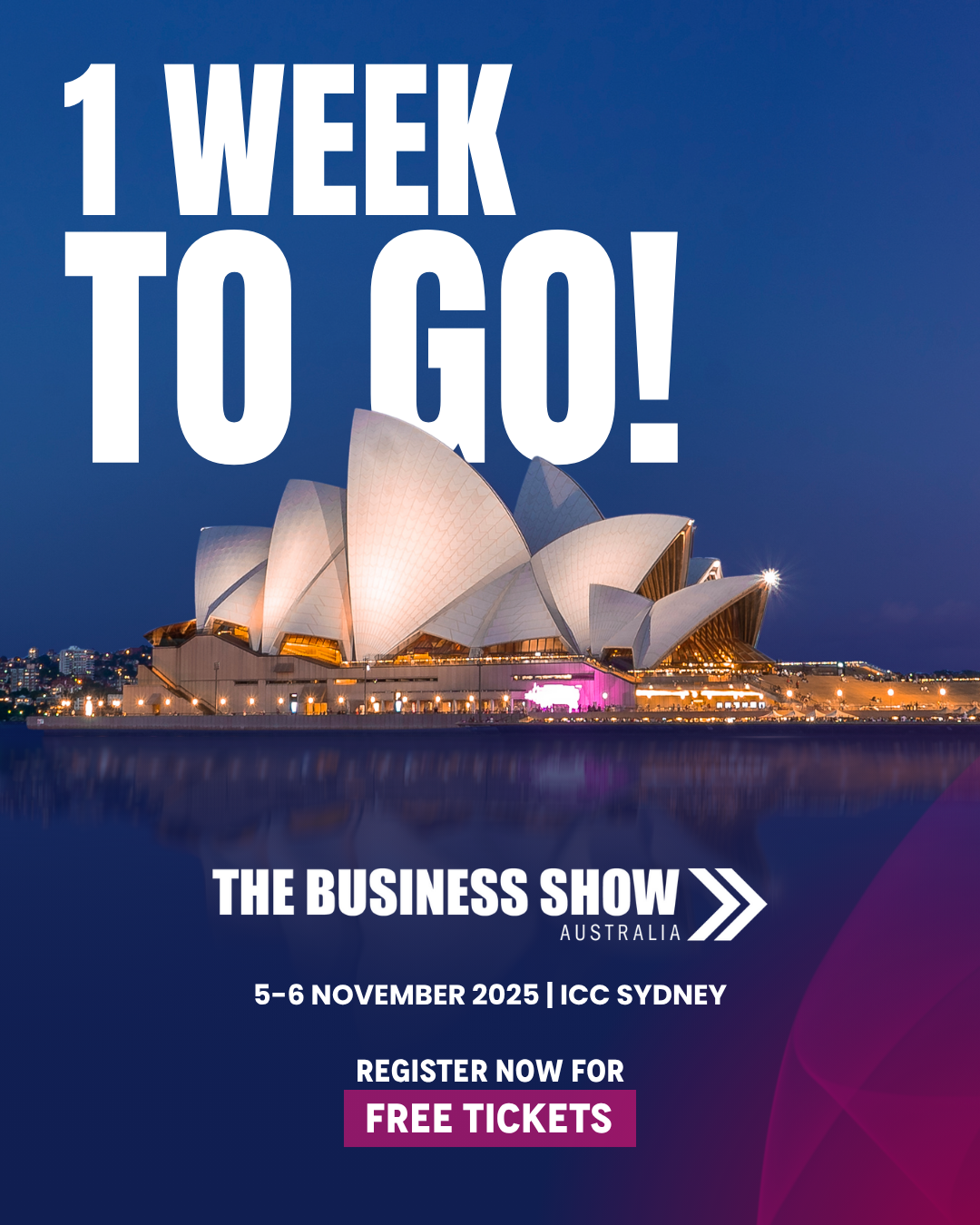These days business cards are less common. They are not effective and we would not recommend them.
An e-business card is a digital version of the traditional business card, designed for sharing contact information online. It can include details like your name, job title, phone number, email, social media links, and company logo. These cards are typically shared via email, QR codes, messaging apps, or as vCard files that can be saved directly to contacts.
E-business cards are interactive, allowing recipients to click links, call, or email directly, and they often feature customisable designs for better branding. They’re eco-friendly, easy to update, and integrate seamlessly into virtual networking tools like email signatures or meeting platforms.



